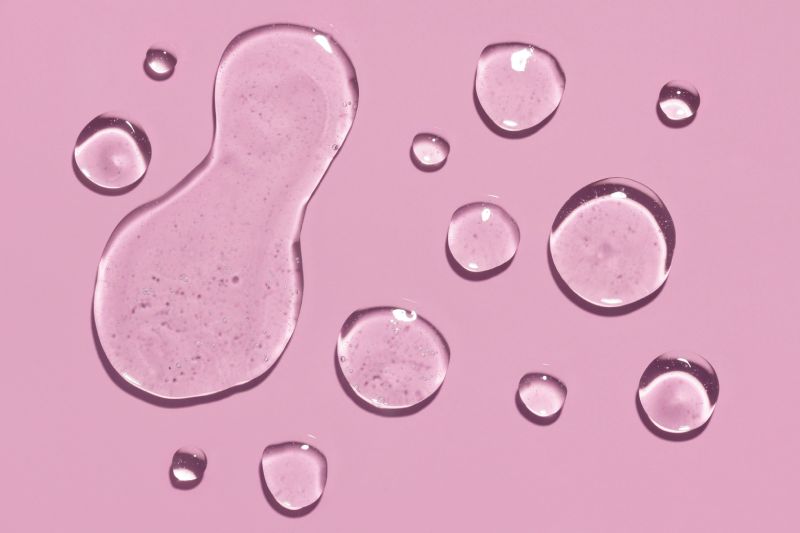Many of you have heard about retinol and its incredible age-reversing benefits. If you are a newbie to retinol skincare, consider this a quick refresher note.

1. Are retinoid and retinol the same?
“Retinoid” is a blanket term for an array of synthetic and natural derivatives of vitamin A. It refers to prescription strength as well as low strength OTC. Retinoids on prescription, such as Tretinoin (Retin-A) and Tazarotene, are potent and work faster. On the other hand, retinoids in skincare take longer to serve their purpose but give the same results over time in a gentle way. They include retinal, adapalene, retinyl esters, and retinol.
2.What is retinol?
Retinol is one of the biologically active forms. It is the gold standard for anti-aging skincare and is renowned for taking years off your look, targeting texture to tone. Retinol defies the behavior of matured cells to function in a more youthful manner. Its concentration lies between 0.0015% and 0.3% in cosmetic products.
3.How does retinol work?
Retinol works in a few different ways in the skin.

- Renews epidermal cells layer
Retinol penetrates the deeper layer of the skin -dermis and speeds up cell turnover in the top skin layer, encouraging new cells to grow underneath. - Boosts collagen biosynthesis
Retinol stimulates fibroblasts to produce matrix proteins-collagen and elastin and helps prevent collagen breakdown, supporting and strengthening the skin. It smooths wrinkles and fine lines giving skin a youthful resiliency. - Helps delay accelerated aging
Retinol helps thicken the surface layer of the skin-epidermis through improved cell division. It also boosts hyaluronic acid content- a potent humectant that gives skin a plump effect with firmer contour. Plus, retinol helps make skin supple by forming new blood vessels, giving the skin a youthful rosy color.
Unfortunately, this powerhouse ingredient has a bad rap. It causes ‘retinol uglies’ like dryness, tightness, peeling, redness, and skin purging, especially for first-time users. Therefore, many find retinol hard to use and give up before the amazing results are visible.
4. What is retinization? How to stay consistent with retinol if it is intolerable to my skin?
Retinization is that initial period during which your skin adjusts to the retinoids over 4-12 weeks. It can be severe and need medical advice to be stopped in some cases.
Experts advise starting with products that contain a low concentration (0.15% or 0.3%) of retinol first, seeing how your skin reacts. It would be best if you also took time off; in the beginning, you can’t smooth over retinol every night. Instead, try incorporating retinol at least 2-3 times weekly in your routine. Continue doing so for several weeks to months until you build a tolerance for retinol. Once your skin is no longer reactive, you can apply retinol treatment on alternate nights. As your skin tolerates, its frequency can be increased up to nightly.
5. Here are a few more things to know.
Retinol benefits most skin types, but all skin types cannot tolerate retinol, including sensitive skin conditions like rosacea.
Retinol skin care products work best with other active ingredients, especially antioxidants like vitamin E moisturizing ingredients such as hyaluronic acid.
Do not apply Vitamin C, AHA, BHA containing products with retinol in the same routine. It may increase skin reactivity.
Retinol increases sun sensitivity; Apply a sunscreen of 30 or higher during the day to protect the skin.
Pregnant or breastfeeding women should not use retinol.
